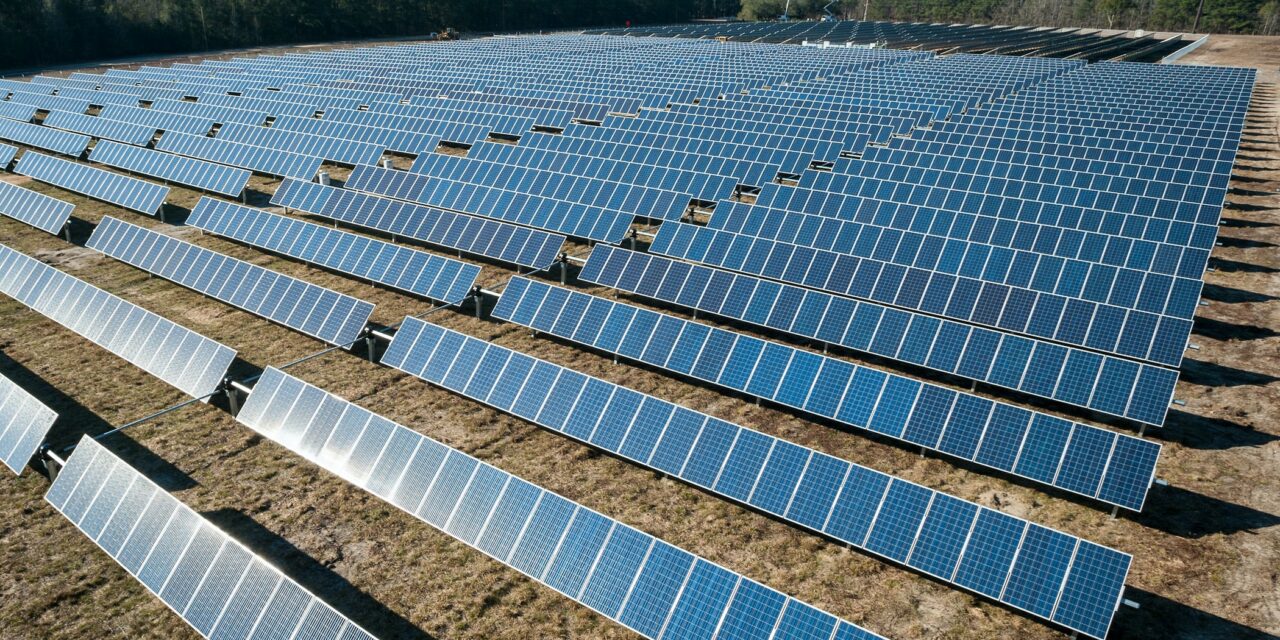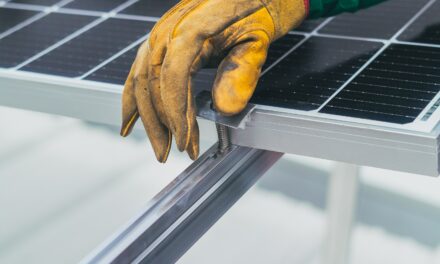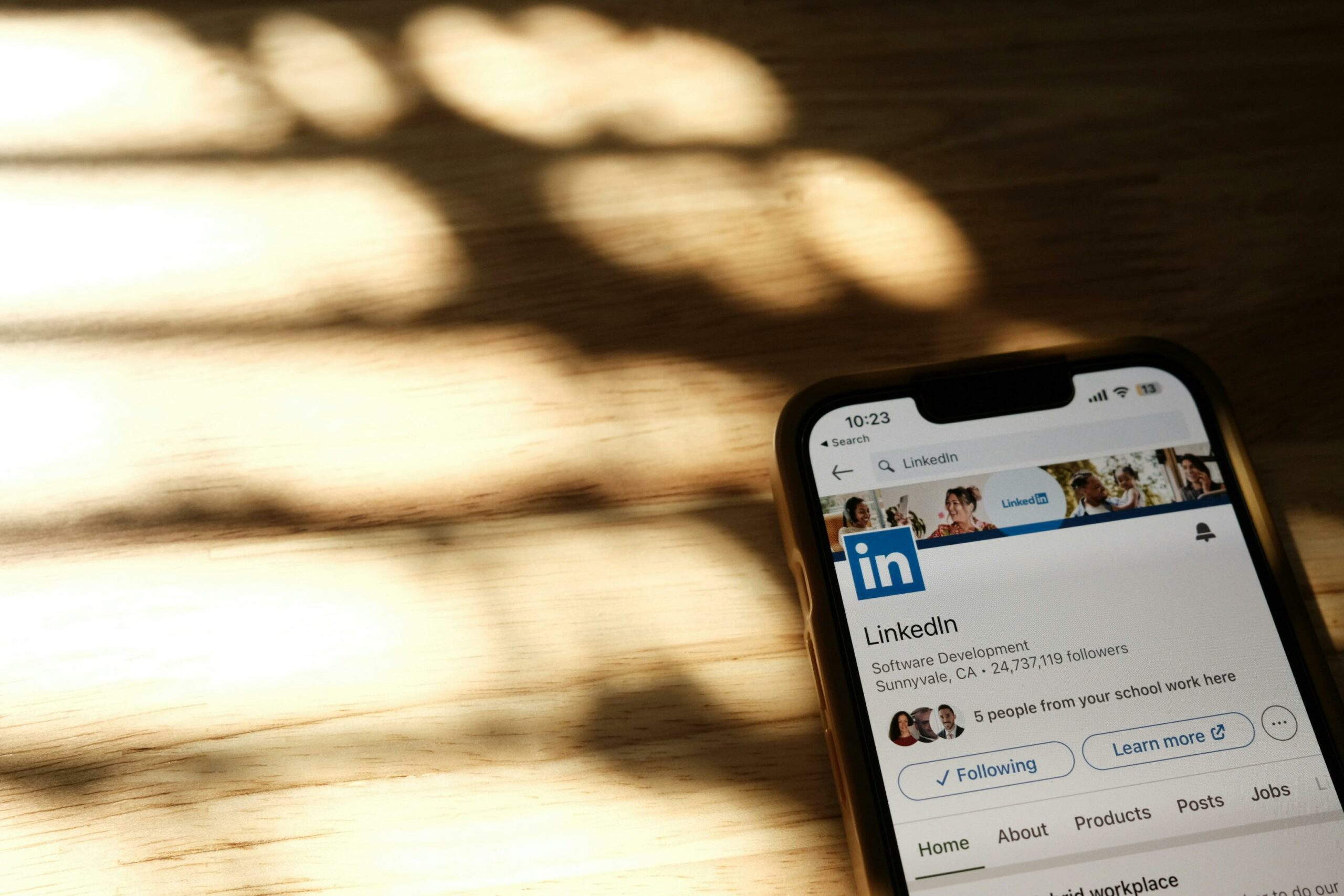New Zealand is far behind Australia in home solar panel installation due to a couple of pervasive Kiwi myths that are slowing the adoption of solar energy by households.
Vital Solar director Cameron Dick said today that about 30 per cent of Australian suburban homes now have solar panels installed on their roof, compared with only two per cent of New Zealand homes.
Dick said Australia has government incentives in the form of rebates for installing solar panels while in both Australia and New Zealand the major banks are offering to clip home mortgage rates if homeowners choose to install photovoltaics.
Nevertheless, New Zealanders don’t seem to be getting the message about the efficiency of home solar panels and the possible savings to be had.
“As the cost of living rises, it makes sense for homeowners to install solar panels to partially ease the expense of electricity usage. They can even be paid by the lines companies for feeding some of their excess sunlight energy back onto the grid, further adding to the money savings.
“Instead we are having to dispel the same myths about solar power over and over. Of course, once our clients understand the benefits, they are excited to get solar panels installed,” Dick said.
One of those persistent myths is that New Zealand doesn’t get much sunlight, or that solar panels need clear, blue skies to generate electricity.
“It’s a false premise to assume New Zealand lacks sunlight hours. Multiple Australian cities are on a similar latitude to this country and experience similar weather patterns, but the level of solar panel installations is a magnitude higher over there,” he said.
Dick said solar panels don’t need bright conditions to generate power. Even on cloudy days, in the peak sunlight hours (11am-2pm) a quality solar panel system will still gather plenty of UV rays, turning them into usable electricity, albeit at a slightly diminished rate.
“For example, even during the rainy days of January by 12pm in Auckland, many of our clients had generated 10.5 kilowatt hours of electricity – more than enough to power a house for a day.
“Across a calendar year, most panels will absorb over 2000 hours of sunlight, or 5.5 hours per day. Any UV light will still produce power – some days more, some days less. But any electricity from a free source like the sun will mean a household saves money,” Dick said.
Another myth is that the installation of solar panels must be tied to a wall-mounted battery pack, which can be expensive. For instance, a 13.5 kWh Tesla Powerwall costs about $16-19,000 including installation. Many people keen on solar panels are put off by thinking they also need battery packs, Dick said.
“Clients are often under the impression that solar is very expensive because of the need for batteries. But storing excess electricity is only useful if the home is prone to power cuts.
“The way the New Zealand grid system is set up means excess electricity from solar panels can be delivered back into the main grid. Homes with photovoltaics can run off the main grid during the evening while using the sunlight during the day,” Dick said.
Installing solar panels on a home is a great way to save money, is great for the environment and by selling excess electricity back to the grid can also be a tidy little earner for households.
Dick said good management and scheduling to run appliances in the most efficient manner is key. He offered some tips for homeowners interested in solar panel installations.
1. Pick the right power company
While the national grid can receive excess electricity back into the system, only some electricity companies offer “buy-back” packages to facilitate this and remunerate homeowners.
“How much money you can make selling electricity back to the grid will vary between suppliers. So, there’s no set dollar amount that you are guaranteed. But it is a smart idea and therefore it is good idea to look around,” Dick said.
2. Pick efficient appliances
If unexpected rain showers hit, diminishing the electricity gathered by solar panels, then a great safety net is to also to choose the most energy-efficient appliances throughout the home.
“Solar panels generate electricity no matter the weather conditions, but it’s good practice to own the most efficient appliances so you never need to worry about energy usage,” Dick said.
3. Manage appliance use
Furthermore, to get the most out of electricity from solar panels during the day it can be smart to schedule the use of appliances for off-peak hours and when the sun is shining, rather than during peak times (6am-10 am and 3pm-11 pm) to both lessen the load on the grid and save money.
“From about 5pm to 9pm is about when people use the dishwasher is very common. But during the winter the sun won’t be shining so you will be drawing on the grid. It’s far better to use a timer that starts major appliances in the late morning or early afternoon at the solar peak,” Dick said.
For more information see https://vitalsolar.co.nz/













